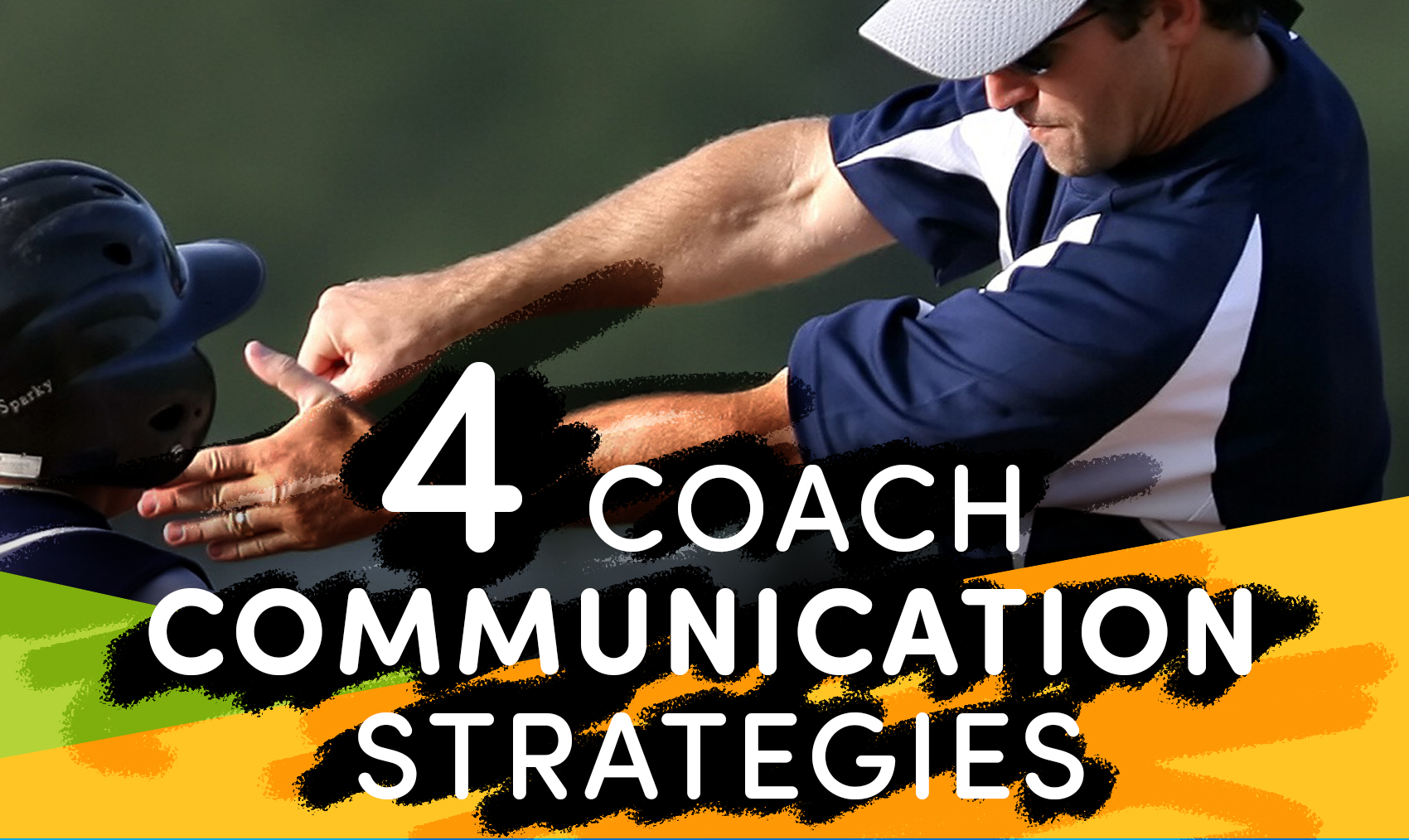Coaches have to be negative to correct mistakes and provide a way for the athletes to improve. But when being negative, there are ways to communicate that will help the athlete improve rather than focus on their short-comings and lose confidence:
1) Describe what you observed. Avoid generalizations like "always" and "never". This invites a bitter reaction for the team member.
Example: "Cindy, during practice today, I noticed that you weren't taking care of the ball." is better than "Cindy, you always turn the ball over. Get it together."
2) Describe the behavior. Steer clear of words that imply motive or attitude, such as "uncooperative" and "not a team player." Simply describe exactly what you saw.
Example: "Today in practice you cussed out a teammate twice. We can't have that type of behavior on the team and expect to have any success."
3) Explain the behavior's impact. Talk about the bad behavior, not the person. Use the neutral pronoun "it" so you don't make the team member feel defensive. "It makes me feel..." instead of "You make me feel..."
4) Make a specific recommendation for improvement. You may have to yell out "stop", when an athlete is making the same mistake over and over. But make sure they understand what the problem is and what they are doing wrong.
Example: "Bill, when you execute the blocking drill, quickly move your feet to the right and you will be able to better protect your position."





Leave a Reply
You must be logged in to post a comment.